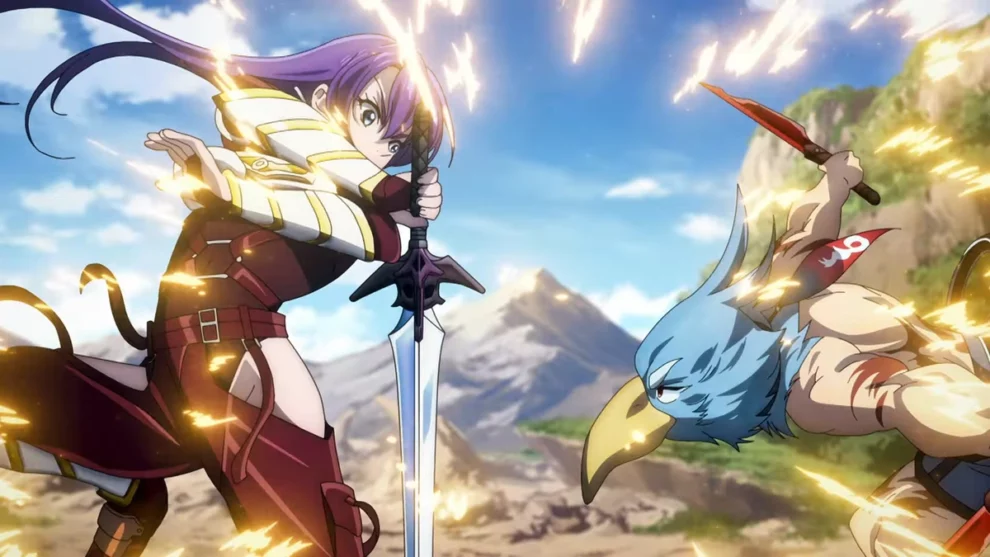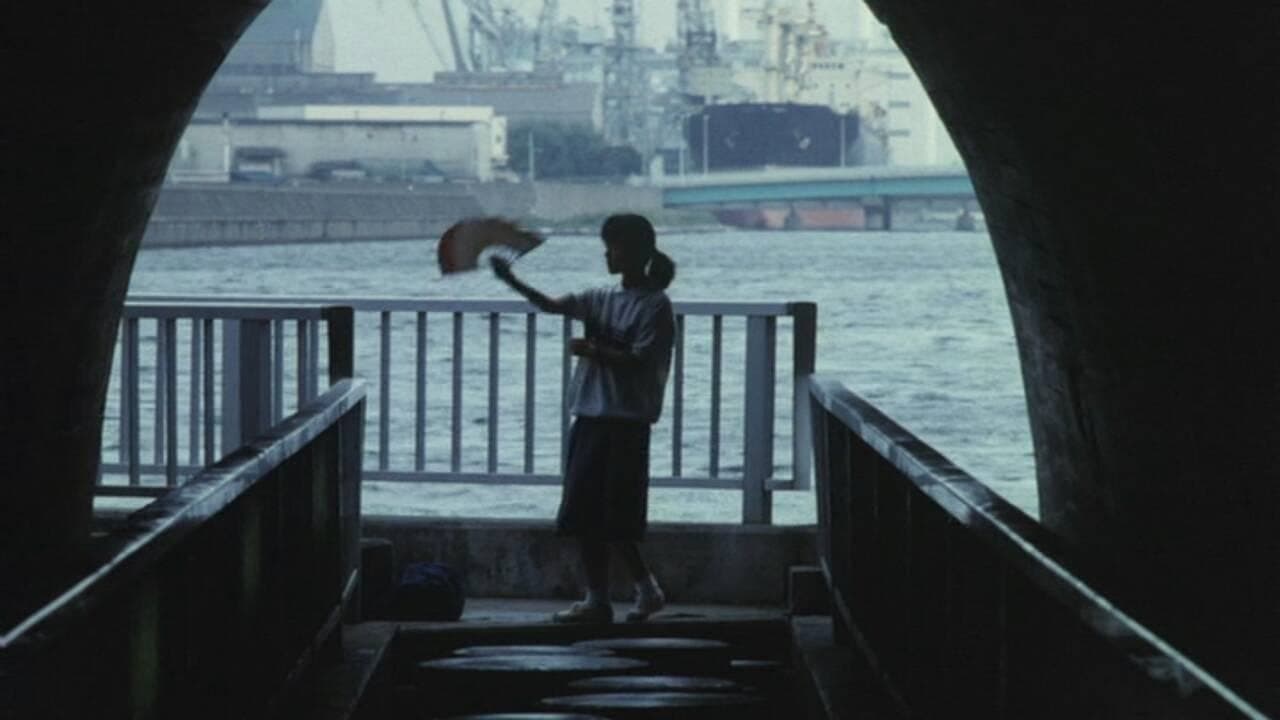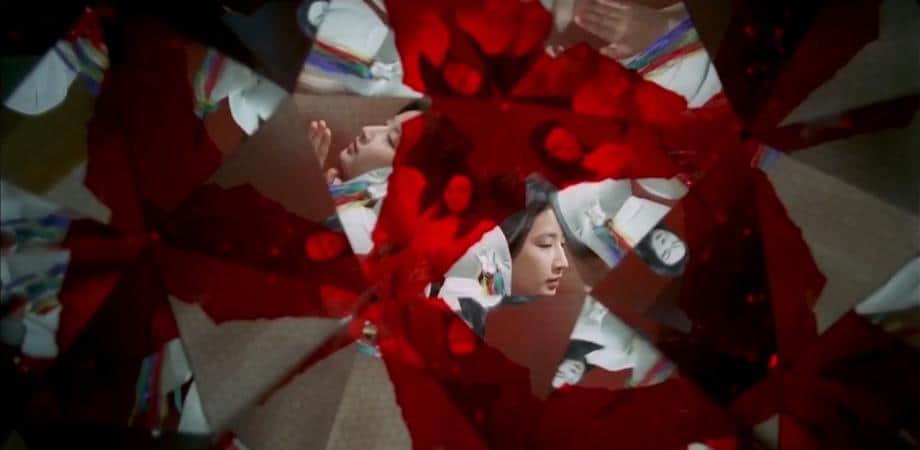by Jeffrey Deyto
“Shangri-La Frontier” lands at a time when the isekai trope in manga and anime was already dominating in quantity. It is already within a wild forest of overpowered heroes that can easily solve problems of the world if not for the necessity of further publication. But what Shangri-La Frontier did to set itself apart was to go back to basics. Its protagonist is flawed and cursed at level one, and is only armed with a lot of guts.
Watch This Title on Crunchyroll
by clicking on the image below
Set in a near future where full-dive VR is a dominant form of gaming, a niche of players becomes obsessed with completing glitchy, low-quality “trash games.” Among these players is Rakuro, known online as Sunraku. Burned out from a recent trash game, Rakuro is convinced by a local shop owner to try the popular and glitch-free VR game, Shangri-La Frontier, or SLF as the players call it. In the game, Rakuro creates a Wanderer character with a unique and minimalist setup, with a bird head mask and swimming shorts. He skips the game tutorial and jumps straight into monster battles where his misfortune always brings him to near-death situations.
The first of the basics that SLF goes back to is to present the video game and the “real” world as coexisting. While the gaps between their appearances are big, they overlap in one way or another. Rakuro's schoolmate, Rei Saiga, has an unrequited crush on him and is always too shy to approach him. Rei gathers up the courage to approach him when she learns from the store clerk that he is also going to play SLF. In the game, Rei approaches Sunraku as Psyger-0, a member of one of the most renowned guilds in SLF.
If you like Shangri-La Frontier, check also this video
Another point of overlap is Sunraku's habitual reference to the trash games he used to play. While unclear if those experiences are an advantage or not within SLF, they sure brings him to strange situations. Between his luck and misfortune as a beginner, Sunraku meets a strong boss, Lycagon the Nightslayer. Lycagon is one of what the game refers to as a “unique” monster that can only be beaten if certain conditions are met. His initial encounter with Lycagon is met with defeat but not without a fight. His exploits from that boss fight brings him two things: a curse that prohibits him from wearing protective gear and access to an exclusive scenario only he was able to open in the history of the game. Sunraku progresses in game within this very exclusive route.
While seemingly narrow in focus if summarized, the world that the game SLF offers is vast. This makes the show driven by the characters rather than a narrative throughline. A feature of the open-world MMORPG that is being exploited by the show is that the players can practically do what they want. SLF throws characters of all colors into this game and lets them all play out. We see a guild that kills players for their items, a guild that acts as law enforcement, beginners testing out things, and there's Sunraku who went on and skipped the beginner's tutorials.
Similarly, outside of the game, there's not much of a plot. This plotlessness adds to the pleasure of watching SLF. What we get are character sketches and minute moments which give this part of the show a “slice-of-life” element. And if we look into the slice-of-life elements playing out outside of the game and the conceit that the video game segments give out to the material, we can possibly look at SLF as a realistic take on how a “video-game themed anime” should look like. The treatment perhaps even feels so real that one can forget that the whole thing is science fiction.
Does this realism of SLF diminish its enjoyment as a shonen anime? Not quite. The design of the treatment from the source novel gives the series a chance to avoid the pitfalls of recent anime trends. For example we can look at SLF's treatment of the isekai trope. Commonly, a sense of being trapped is given in some earlier isekai titles which limits the narrative directions that the other titles can take. In SLF, there is a sense of openness in the way the story lets the players jump between the game and real life without a hitch. There is not much of a structure or rules between the worlds. SLF is a video game, and gamers log out for whatever reason. This realism gives SLF a kind of looseness that contrasts the recent isekai tropes that lean towards stiffness and a claustrophobic atmosphere.
This distinction between the game and real life is what makes the shonen parts of SLF more enjoyable. As we get accustomed with the shifting between the game and real life, the series also injects moments from other video games Sunraku and his friends are playing. Studio C2C adapts the character and set design by the manga illustrator Ryosuke Fuji in a way that supplements and heightens them while faithfully carrying the playful attitude of Katarina's writing. SLF the perfect game is contrasted with the other trash games that lag and glitch. Of course, in other video games, Sunraku and his friends represent themselves with different avatars. These distinctions, while retaining the idea of who the players are behind the avatars, add to the wonder of Katarina's writing. SLF the video game also sets itself apart from the trash games during fight sequences, a feature of the game SLF the series also highlights the best in contrast to its depiction of the action sequences on the trash games. Of note of these fight sequences for the first season is the 4-episode intense encounter with a unique monster, Wethermon the Tombguard.
Series Director, Toshiyuki Kubooka, better known for his debut directorial work for “Berserk: The Golden Age Arc,” has been working with C2C for the past 3 projects of lighter tone. Kubooka obviously unleashed the balance between the two extremes of his styles. However, SLF is still an ongoing print title. The first season effectively covers three important arcs already from the manga adaptation. It is perhaps in this manner that Kubooka and series writer Kazuyuki Fudeyasu opted to treat SLF to a shorter play each episode. But this works for the show without sacrificing anticipation and intensity, and perhaps one that makes the balance between the shonen aspects and the realist aspects work well.
“Shangri-La Frontier” ran for twenty-five episodes in its first season and is expected to return this October 2024. The first season ended on a high note with a lot to anticipate. If the series proceeds without betraying its great points, most especially its sense of realism, it won't be long until SLF gets revered too among the classics of shonen anime.














